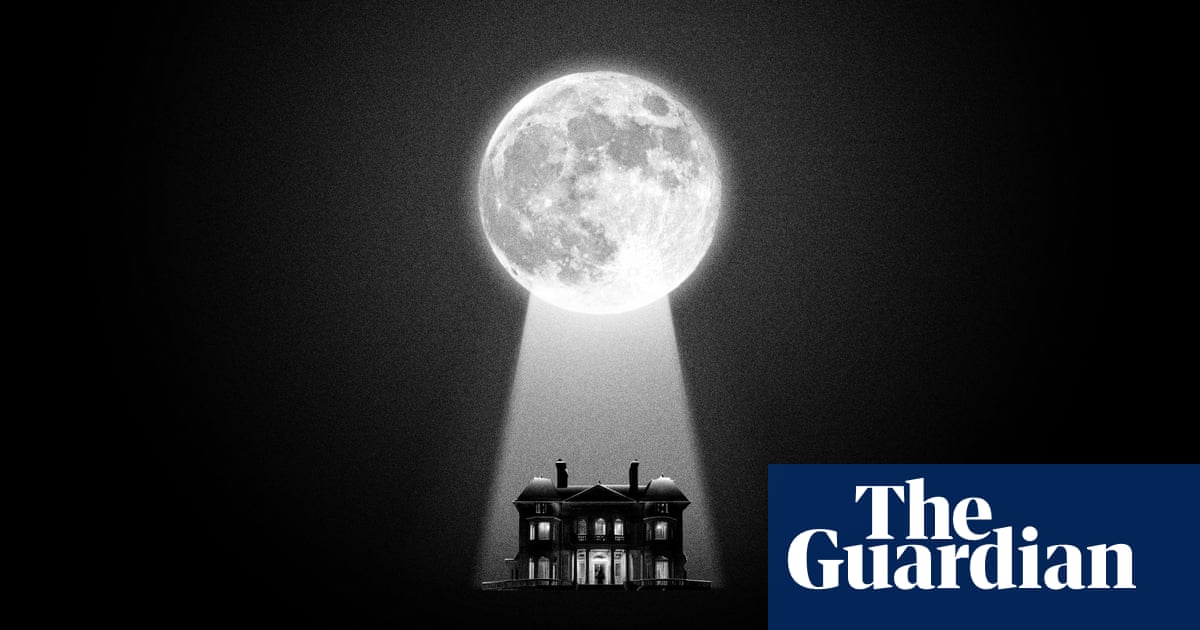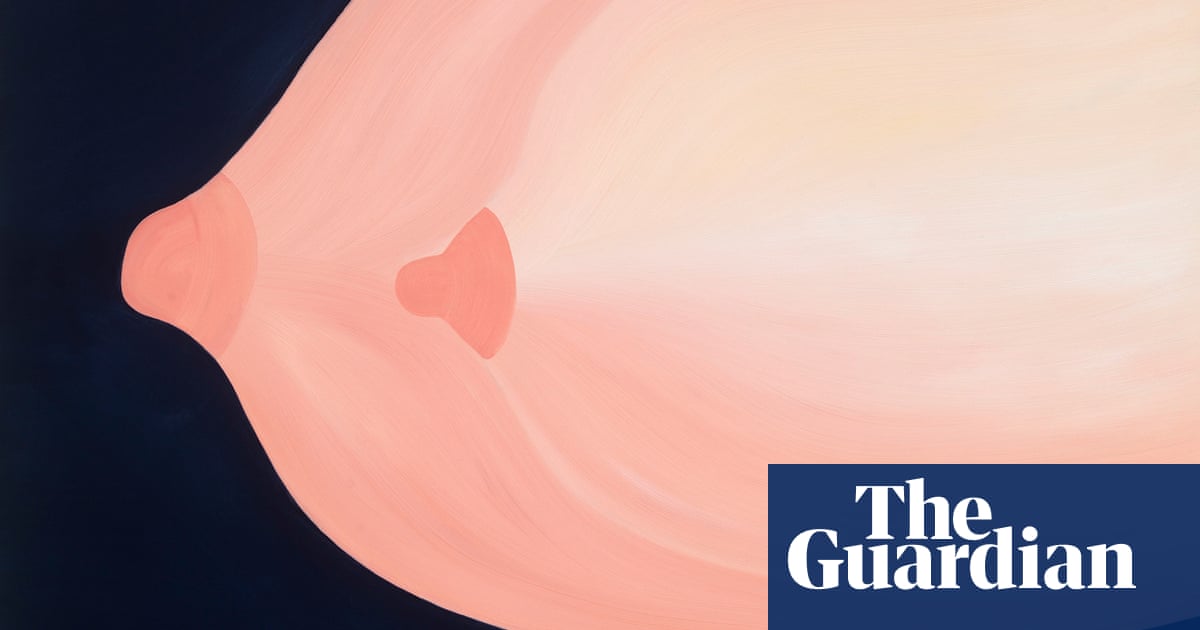
When Glenn Ligon was first invited to create a show of his text paintings, drawings and neon sculptures at the Fitzwilliam Museum in Cambridge, he took a walk through the museum’s lofty neoclassical galleries. In the Italian Renaissance room, there was a rehang in progress and one bare wall caught the leading US artist’s eye. “It was gold burlap wallpaper that had faded to coppery brown, except where paintings had been removed,” he recalls. “You saw the original gold. I thought, that’s an exhibition in itself right there.” These ghostly traces of previous displays ruptured what’s meant to be a neutral backdrop to works of art. “A museum’s job is to present objects as if they’re in an icebox, unchanged forever,” he says. “You can make other choices. There are other possibilities.”
That identity, culture and history are contingent on who is doing the looking has long been central to Ligon’s work. One of his origin stories as an artist is how, in 1984, he realised his studio mate had never even heard of his literary idol, the gay black novelist and activist, James Baldwin. He began quoting directly from Baldwin and marginalised writers like Jean Genet and Zora Neale Hurston in what would become his signature: paintings that wed abstraction to identity politics. His work often features stencilled text in blurred black pigment and coal dust pushing the words into illegibility, partly to convey their cultural invisibility. This year is Baldwin’s centenary and, Ligon says, “there’s a lot of Baldwin in this show”, including a text painting that directly quotes his 1953 essay Stranger in the Village where he muses on being the lone black man in a Swiss backwater.
Setting the tone for the whole exhibition, Ligon has installed a huge neon work in the Fitzwilliam’s entrance, titled after CP Cavafy’s 1904 poem Waiting for the Barbarians. It repeats nine different translations of the poem’s final lines reflecting on who is in the fold and who outside, and how our definition of “us” depends on an othered “them”. “Who are the barbarians? It’s an interesting question in the city of Cambridge,” says the artist. “So much of the town is controlled by the university and off-limits.”
Ligon’s response to that emptied gold bay is a reminder of the processes behind who and what gets seen: he’s installed a small 16th-century painting of the Adoration of the Magi from the museum collection, with an African king attending baby Jesus. “Actually,” he points out, “the object label originally described his page as a negro while he’s just described as a magi, recuperating him as white, but he looks like a brother to me.”
Art and inspiration:
Glenn Ligon’s Untitled (I Feel Most Colored When I Am Thrown Against a Sharp White Background), 1990
This text painting in Ligon’s signature style borrows from the 1928 essay How It Feels to Be Colored Me by Zora Neale Hurston. At first, the stencilled black words on white are a visual manifestation of the quote, yet the binary thinking breaks down with the increasingly hazy script, offering something blurred and uncertain.
Glenn Ligon’s Waiting for the Barbarians, (installation view) 2021, in Portals, Hellenic Parliament + NEON at the former Public Tobacco Factory, Athens
This is one element of Ligon’s huge nine-part neon installation that quotes nine different translations of the final lines from Cavafy’s famed poem. It began with Ligon’s interest in translation and the impossibility of smoothly turning one language into another, particularly in relation to something as nuanced as poetry.
Horace, Opera; Persius, Saturae; Theodulus, Eclogae; Cato, De moribus, 12th century
This 12th-century book of Horace’s poetry with annotations in illegible microscript in the shape of alphabetic letters will sit alongside his painting diptych Condition Report, from 2000. It’s a redux of his 1988 work using the famous statement of the Memphis black sanitation workers in the 1968 strike, I Am a Man, but presented with a museum conservator’s later annotations.
Jan Brueghel the Elder’s A stoneware vase of flowers, c1607–8
Brueghel’s still life glories in art’s potential to freeze the processes of life blooming and decaying. The gathered flowers are themselves a painterly construct – they blossomed at different times of year. Of especial interest to Ligon is how these familiar European flower paintings are the products of cultural exchange and imperial trade routes: many of the flowers were introduced from Asia.
Glenn Ligon’s Study for Negro Sunshine (Red) #15 2019
Ligon first used the phrase “negro sunshine” as a black neon in 2005. It comes from a racialised character study by Gertrude Stein, but its boundary-collapsing melting of opposites, dark and light, has its own disruptive thrum.












